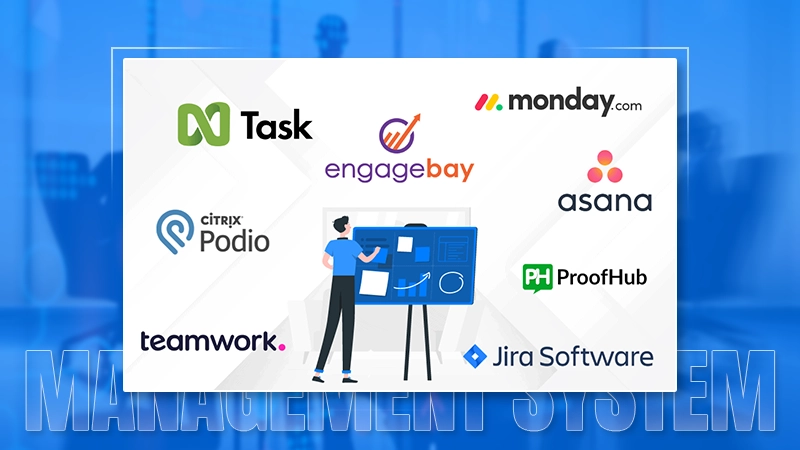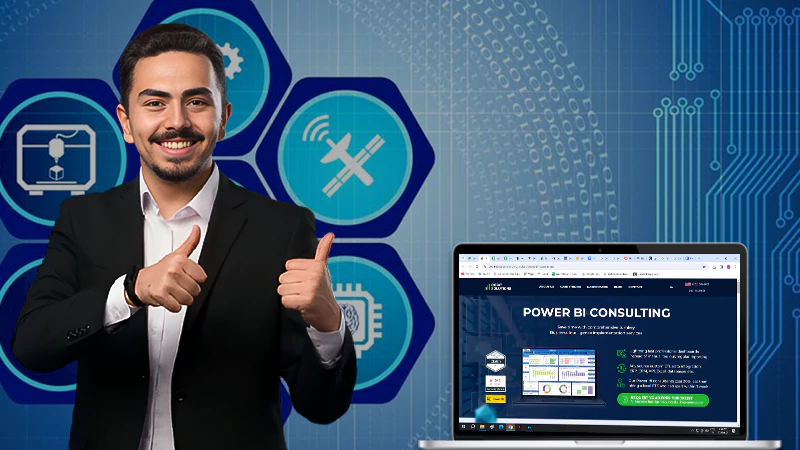Being competitive in the ever-evolving world of business and technology trends being up-to-date with the newest trends and advancements. The idea of a Chief Technology Officer as a Service (CTOaaS) is relevant in this situation.
Even when it has many advantages, it’s necessary to think about any possible drawbacks. We’ll examine the disadvantages of choosing CTO as a service in this post.

Inadequate Integration
The possible absence of total integration with your company is one of the main drawbacks. Chief technology officer as a service supplier may not have the same degree of comprehension or dedication as a full-time, in-house CTO who is engrained in the corporate culture and process.
They might not be as deeply involved with your organization’s specific requirements and long-term goals, despite the fact that they can provide insightful advice. This can make it difficult to match technological choices to the strategic objectives of your business.
Limited Time Only
CTO as a service’s on-demand nature might have advantages and disadvantages. Although it provides flexibility, it may also lead to restricted availability at vital times. There can be delays and hassles if your CTO provider is unavailable when it matters most. Technology problems and strategic choices often call for quick action.
Dealing with significant difficulties as soon as they come up can become more challenging if you are always away from your organization. This is a significant drawback, especially considering how rapidly technology is advancing.
Reduced Personal Expenditure
A full-time CTO regularly has a strong stake in the success of your business. They have a strong emotional and professional commitment to seeing the long-term objectives of the firm met. Conversely, a CTO as a service might not be as committed.
Even if they are clearly authorities in their domain, their ties to the company can not be as strong. Their degree of personal commitment and interest in your objectives and issues will be impacted by this. It can be more of a transactional connection, which might result in chances to find creative and customized solutions being lost.

This graph shows the highest number of job openings in different organizations.
Temporal Focus
CTO as a service typically focuses on pressing demands and short-term goals. They are called in to deal with particular problems or provide advice on ongoing initiatives. This short-term focus may not be consistent with your company’s long-term strategy or continuous development objectives.
However, a full-time CTO is more likely to be fully aware of the technology needs of the company, which helps them to develop a strategic plan that accounts for the company’s potential development. Their engagement in your firm can be limited in scope and depth due to this short-term emphasis.
Inadequate Cultural Fit
A major component of every executive post is cultural fit. The culture, beliefs, and working methods of your company can not be entirely compatible with a CTO as a service. This will result in difficulties with cooperation, communication, and teamwork within your organization.
For a CTO to successfully lead technological efforts, they must align with the fundamental beliefs and values of your firm. The smooth integration of technological initiatives with your company goals will be impeded by the lack of this cultural fit.
Possible Deficit in Strategic Perspective
A full-time, internal CTO possesses a higher degree of strategic vision than a CTO provided as a service. Although they might provide insightful advice on current issues and initiatives, they might not be as knowledgeable about the organization’s long-term IT strategy.
A full-time CTO gets a thorough grasp of the company and its technology requirements that are unique to their enterprise. Then they can use this information to establish a thorough IT plan that is in line with the expansion and advancement of the business.
FUN FACT:
According to Wikipedia “In the United States, the average salary for a CTO ranges between $130,000 and $195,000 per annum depending on the company’s sector.
According to a 2018 report from the InfoSec Institute, CTOs in the financial sector earn around $200,000, while e-commerce CTOs earn around $76,000.”
Conclusion
Though flexibility and cost-effectiveness are two benefits of CTO as a service, it’s significant to weigh the drawbacks as well, which include possible integration and cultural fit problems, restricted availability, and a short-term emphasis. The particular requirements and goals of your company will determine if a CTO is a suitable service.







